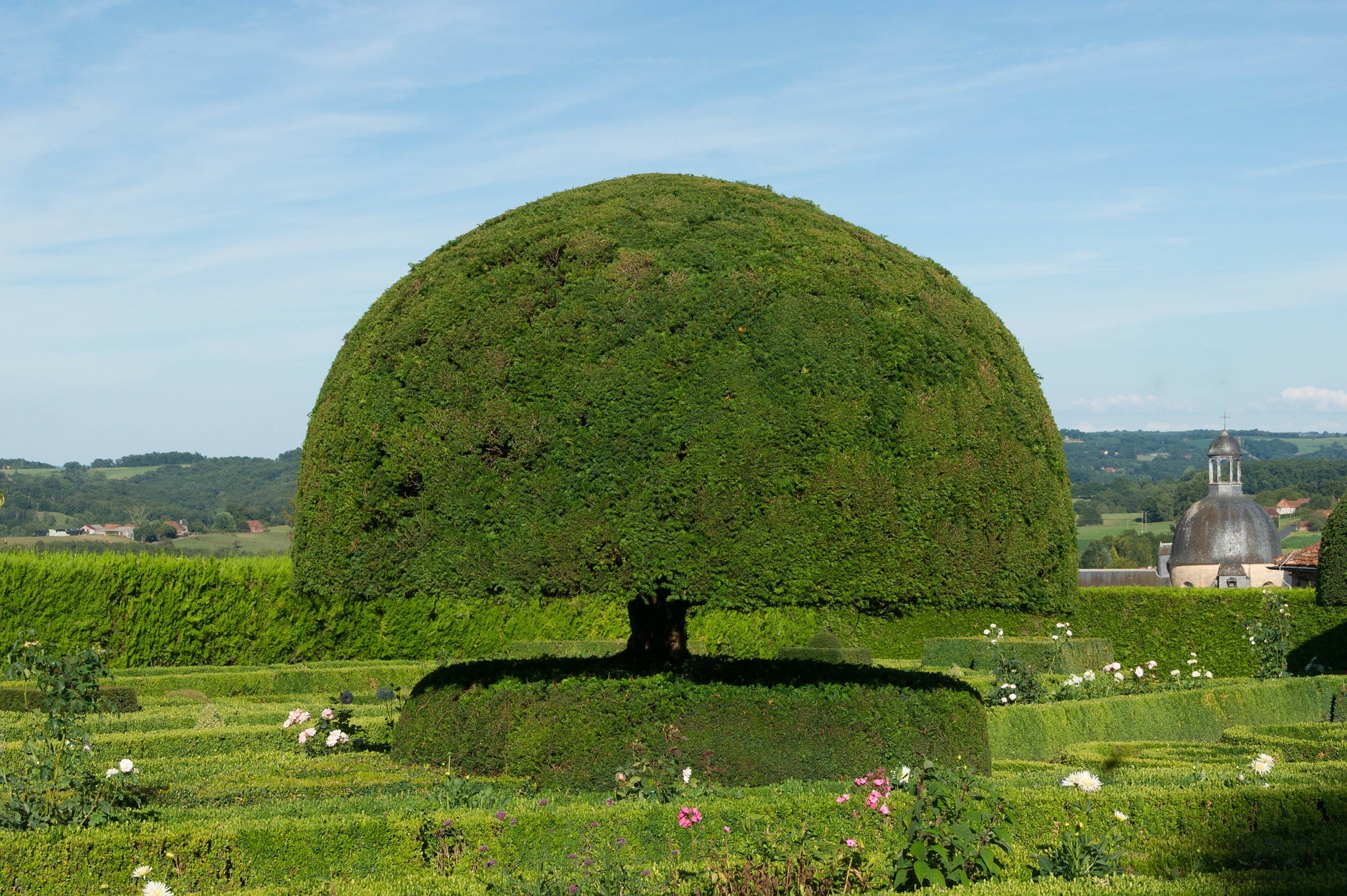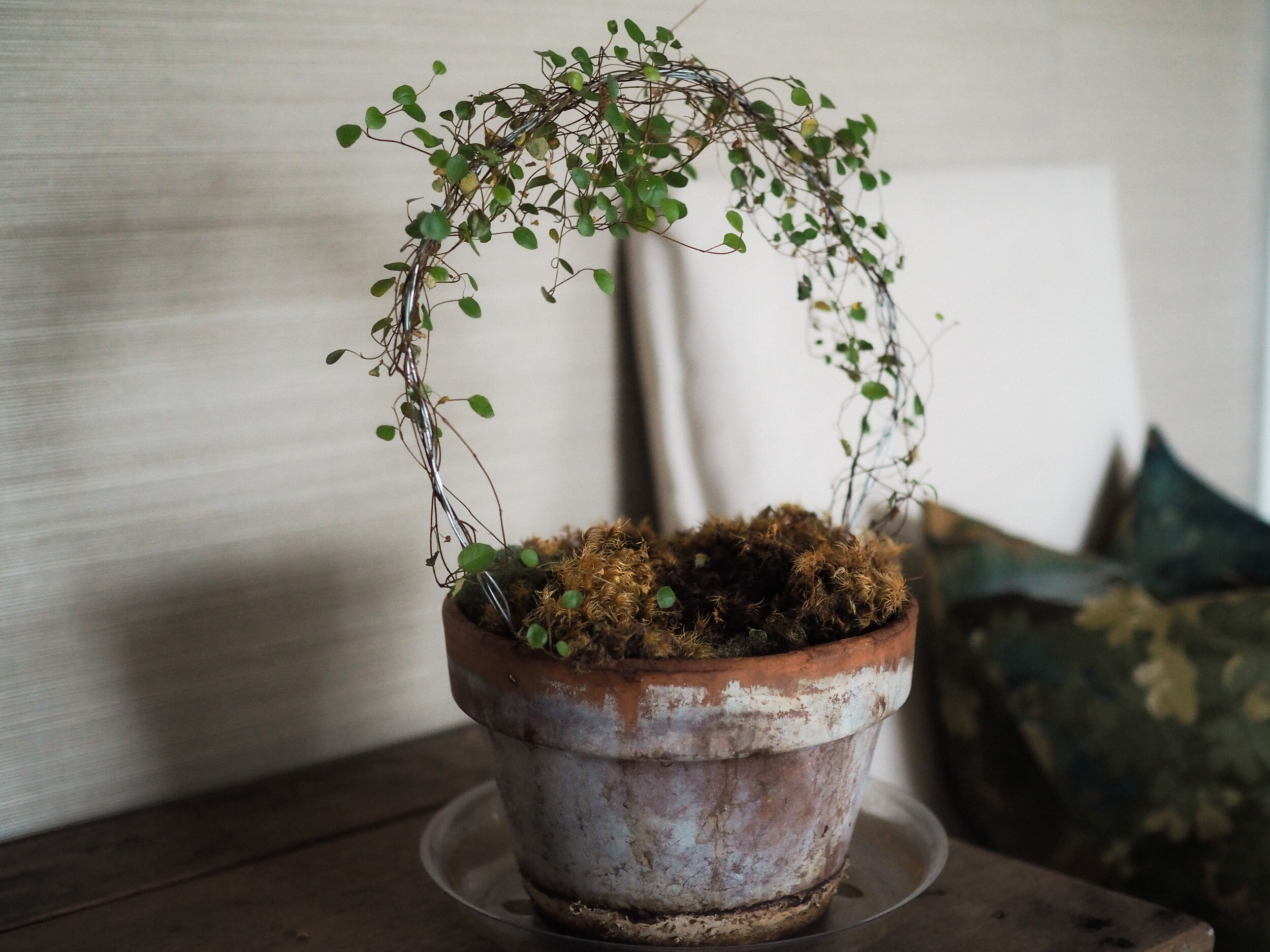10 Best Topiary Plants to Grow
Topiary plants are easier to grow than any other ornamental tree or shrub. The best topiaries among trees, herbs, and shrubs bear small leaves. They also grow quickly and have a dense branching pattern.
If you want to add interesting shapes and forms into your garden without having to spend too much effort on them, topiaries are something worth considering. Here’s a list of several popular choices that we’ve picked out so you can decide which ones would work best for your gardening needs.
1. Boxwood (Buxus sempervirens)
Buxus spp, or box, is a versatile plant for topiary projects since it can tolerate almost any type of soil and exposure. This makes it ideal for growing indoors as well as outdoors. It’s an old-time favorite to craft a refined look by using its natural features.

Image credit: https://i5.walmartimages.com/
The only problem is the high maintenance requirements when you try a complex design. They can be shaped however you like because they provide a dense style with insignificant flowers. You can use boxwood topiaries to balance your entryway and other simple applications like creating a basic hedge.
For its optimal growth, it requires consistent moisture and proper mulching. It’s also important to provide it with well-drained soil, and it prefers full sun to partial shade.
2. Yew Bush
Yews are conifers that require very minimal care effort. They have a needle structure and dense leaves. Yews are considered an evergreen shrub but don’t need a lot of sunlight. It’s suggested you place them under partial shade. However, it’s important to provide them with well-draining soil and water during the blooming season.
Taxus bushes are available in many different varieties. Some of them can be used as foundation plants, while others can be used for landscaping needs. If you have a cylindrical topiary in mind, then go for Anglo-Japanese yew. They are the common yew because they grow in a cylindrical shape.

Image credit: https://www.igardenplanting.com/
The only drawback is that they’re toxic to animals and humans, so avoid growing them where dogs roam, or kids play. If you want to achieve the topiary shape, then Taxus baccata is the most popular choice.
3. Privet Shrubs
Some hedge plants can double as excellent choices for topiaries, and Ligustrum spp is one of them. Its timeless aesthetic makes it perfect for privacy. This topiary plant grows and requires less effort to shape than other topiaries. You’ll also appreciate its superior tolerance to salt and urban pollution.
When it comes to growing conditions, this plant is very versatile. It’s hardy within USDA zones 5 through 9. It’s also resistant to drought, disease, and pests. Once planted, the shrubs need an acidic soil with pH levels of 6.2 to 7.0 so you must test the soil pH to ensure it’s the correct one for your plants.
They grow well in full sun to partial shade conditions with at least six hours of sunlight daily. However, too much sun can cause some bleaching on leaves, so keep that in mind. It produces large leaves and has dense foliage. The larger leaves make it suitable for large-scale topiary.
4. Japanese Holly Shrub
The name of this plant comes from the evergreen leaves. The leaves are a dark, solid green color with a toothed edge. They have an attractive appearance and grow in clusters. They’re 2 to four inches long and 1 ½ to three inches wide, making them ideal for topiary projects.
Its rounded form makes this shrub ideal for topiary projects that involve geometrical shapes. The ilex spp is an evergreen with broad leaves instead of needles. It has dense foliage and a bushy appearance with many glossy leaves. Hollies with traditional holly leaves can be trimmed to the shape that you desire.
It grows upright at a moderate rate and requires occasional pruning to prevent it from growing large. It’s appreciated by landscape designers, thanks to its remarkable qualities of blossoms. Growing hardy USDA zones of Ilex crenata are 5 to 8, full sun and part shade.
5. Rosemary Herb
Who doesn’t know this excellent herb? Rosemary, with the Latin name of Rosmarinus spp, is an evergreen with needle-like leaves. It can grow up to 3 feet tall and 15 inches wide at full-grown, but it needs little pruning to be used for topiary projects. It’s also known for its white flowers and pleasant scent.
Rosemary has a strong and fragrant scent and is tolerant to heat and drought. Rosemary can also be used in herbal tea, meats, and fish. Thrives best in USDA growing zones 8 to 10, full sun exposure.
6. Lavender
Lavandula angustifolia or lavender for short can be used as a topiary if not for its beautiful and fragrant flowers. It has a greyish hue and is drought tolerant, thriving in USDA zones 4 to 9, full sun exposure. Lavender can be used in soaps and lotions, but this plant is also known as an insect repellent.
A good choice of companion plant since lavender can protect other plants from insects. Other benefits of Lavandula spp include the ability to draw butterflies and repel deer. You can also take advantage of its evergreen leaves if you’re living in a warmer climate. Lavender can also be grown as a small topiary plant.
7. Thyme
When it comes to small-scale topiaries, herbs like thymus spp or thyme should be your choice. Thyme isn’t only a culinary favorite, but it’s also a suitable plant for topiaries because of its compact nature and tidy appearance.
It has small green leaves and can grow between 6 inches (15 cm) and 2 feet (60 cm). Thyme has deep purple, white flowers, and an earthy scent. This makes it a great choice for a fragrant topiary that can also add color to your garden.
8. Vines
Ivies or Hedera spp are great for this purpose, although some are considered invasive. Therefore, choose non-invasive varieties like Lady Frances, Gold Child, or Duckfoot. It is not very difficult, and it is fun making one in your garden or yard.

Image credit: https://images.squarespace-cdn.com/
You can grow any variety in a container, but make sure that the plant is not invasive. Dwarf forms of English ivy (Hedera helix “Hahn’s”) can be grown in a pot because they are non-invasive. The same thing can be said about creeping fig (Ficus pumila) and Persian ivy (Ternstroemia gymnanthera).
As for the plants that you might want to avoid, think about English ivy varieties like Pagoda, Imperial Gold, or Queen Emmarentia because these are the ones that might invade other parts of your garden. Working with ivy is incredibly easy and provides flexibility for any topiary artist.
9. Sphagnum Moss
Sphagnum moss is a small flowerless plant that grows in dense green clumps. It’s mostly found in shady and damp locations. When you want to make this topiary plant, you need to find a proper frame then fill it with moss. Once it’s full, it can stand alone and you can use it as a base to plant trailing vines, herbs, and flowers.
10. Dwarf Alberta Spruce Trees
This is another slow grower plant, but it6 makes up for it with dense and fragrant foliage. This dwarf tree is very important if you’re looking for a topiary with pyramidal and conical shapes.
FAQs on Best Topiary Plants to Grow
Which plants make the best topiaries?
Such plants as holly, laurel, boxwood, and privet are excellent choices for topiary. But boxwood, especially morris dwarf, is the best topiary plant choice because of its compact shape, even if it’s trimmed.
Which Buxus is best for topiary?
The best buxus for topiary include English box, Dutch box, and Japanese box.
Final Thought on Best Topiary Plants to Grow
As you can see, there are so many topiary plants to grow and so many different types of topiary styles. Even though there are so many choices, you can always find something that will work for your landscaping project.
The post 10 Best Topiary Plants to Grow appeared first on Kitchen Infinity.
Did you miss our previous article…
https://public-kitchen.org/?p=117


